The aim of this exercise is to identify the main elements of a photograph and interpret how they affect the balance of the photograph, whether it is symmetry or shapes and objects and how they relate to one another depending on where they are placed in the frame.
For example, it is possible to balance a large element of a photograph against a smaller second element - by placing the larger element nearer to the centre of the photograph and the smaller towards the edge. Much like how a lever works, a small weight at the very far end of a lever can exert just as much force as a large weight near to the axis of the lever.
For this exercise, I used six of my photographs and identified predominant elements in each one and placed them on a "weighing scale" diagram to show how they are balanced in the photograph. The elements should be fairly easily identifiable in each example;
Here, I have identified the large door surrounded by alot of colourful graffiti near to the centre of the image balancing against the smaller door surrounded by less colourful graffiti to the far left of the photo.
In this image, I have identified several elements in the photograph that help to balance the photograph as a whole. There are two central trees on the very edges of the path and two large blocks of greenery / bushes nearer to the edges of the frame. The image is fairly symmetrical if you were to draw a line through the centre.
In this example I identified three elements to the photograph - the large central tree and the two gravestones in the foreground. The tree was mainly idenfified to give a rough central line for the symmetry and balance to take place around, this is where the two gravestones come in as they are placed in the outer thirds of the image giving a sense of balance to the image as a whole.
Here I identified the cannon and the soldier as the two main elements of this photo. The cannon takes up a much larger proportion of the frame and extends over half of the width of the frame. However the soldier stands much taller, despite taking up less width, to me this gives a sense of balance.
Here, the main focus is on the soldiers, however I split thhe soldiers into three blocks. Two blocks at the bottom on either side of the frame, separated by the soldier's bag near to the lower centre of the frame, and the two soldiers stood up in the upper centre section of the photograph.
In this example, I struggled to identify and balance the elements in the frame, as when viewed in portrait layout the balance is off focusing heavily on the left hand side, yet when I view this image I do not view it as being unbalanced.
So I decided see if I could balance the image if I flipped the scale on its side and found it much easier. I identified the helmet on the chair, the fur bag and the wooden chest. The helmet on the chair and the bag take up roughly the same proportion as one another in the frame and as they are stacked on top of one another, there is a balance between them if you turn the scale on its side and draw a line horizontally through the shot. The wooden chest is roughly in the centre of the frame, but out towards the right hand side - if the balancing line was drawn horizontally through the photo - the chest would rest directly on it.
Some of the images were fairly simple to identify the main elements and balance them against one another, such as the second image I used, as it is mostly symmetrical if you were to draw a vertical line directly through the centre of the photograph. However, the final image was the most tricky as explained in the previous paragraph. I refused to give into it and use a different image and after a while of trying different ideas to balance the image, I found the solution, which to be frank was the simpliest solution out of all the ones I had tried yet didn't think of trying it first.


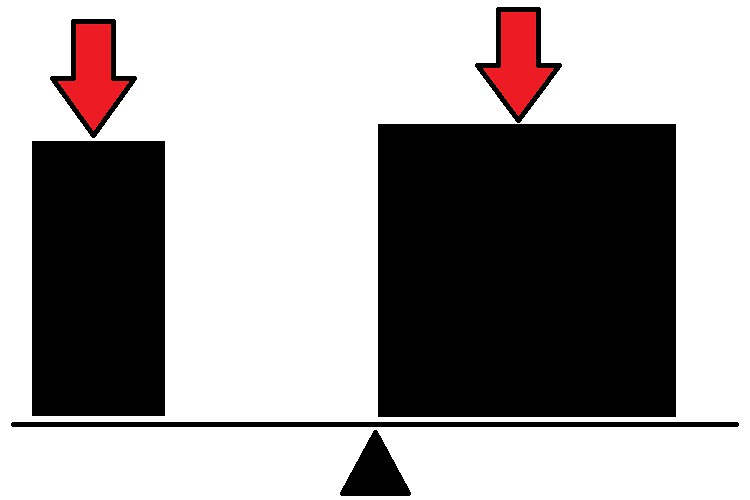
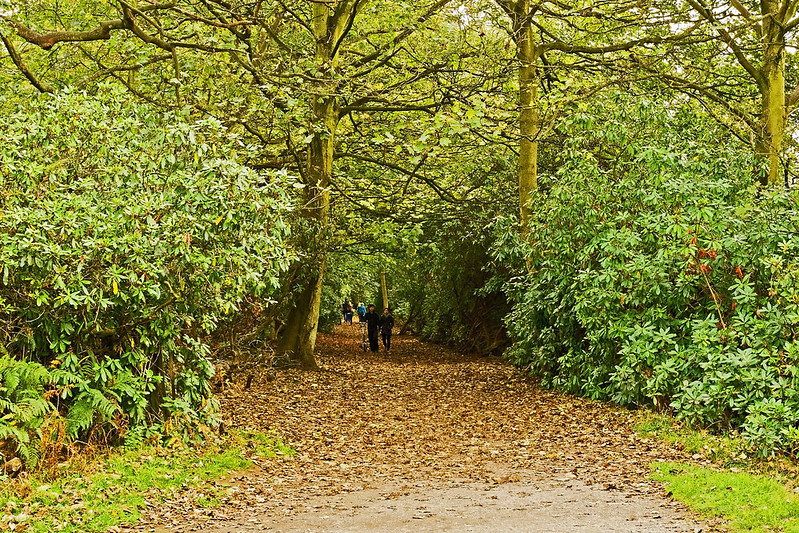

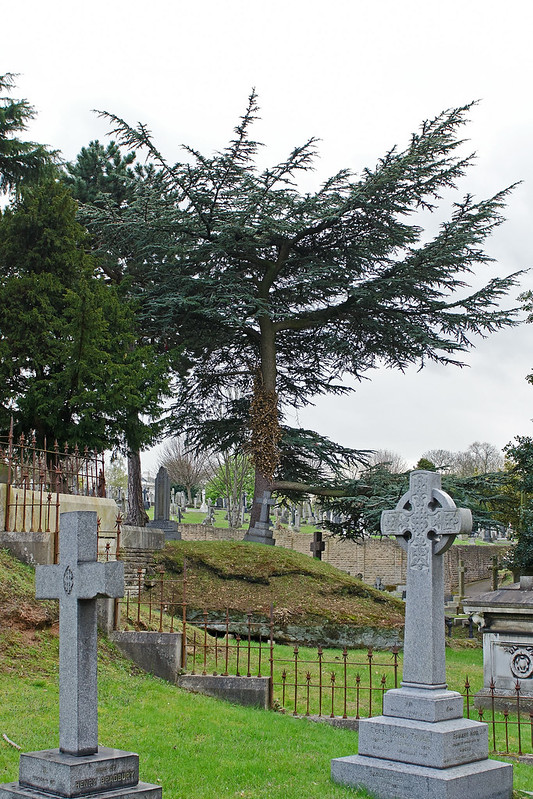
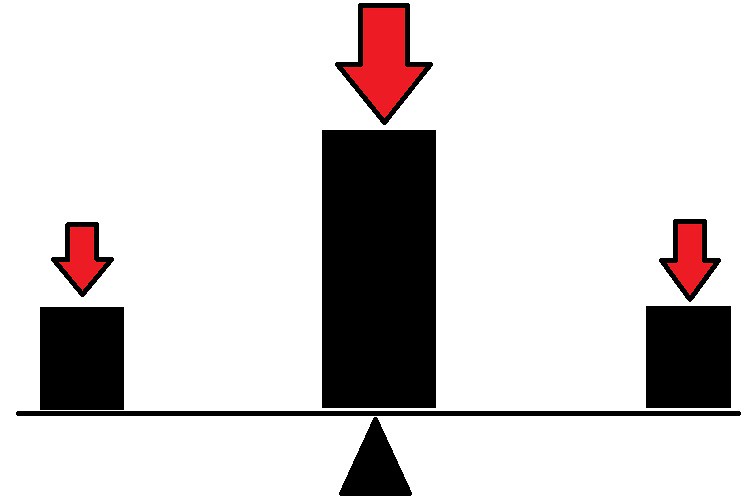

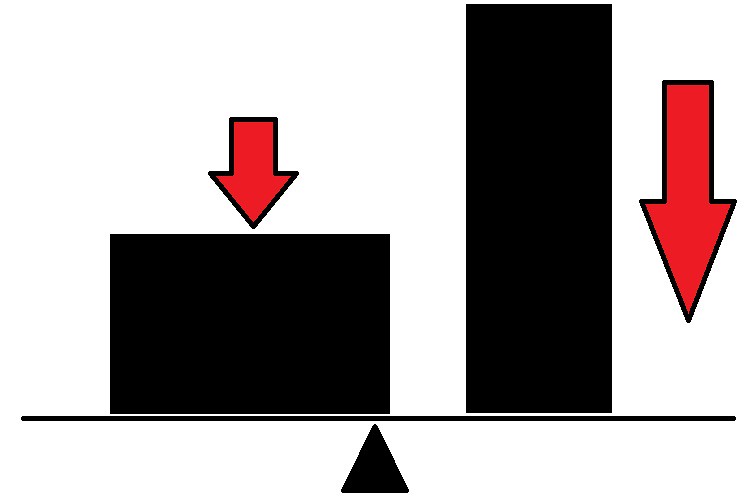




No comments:
Post a Comment